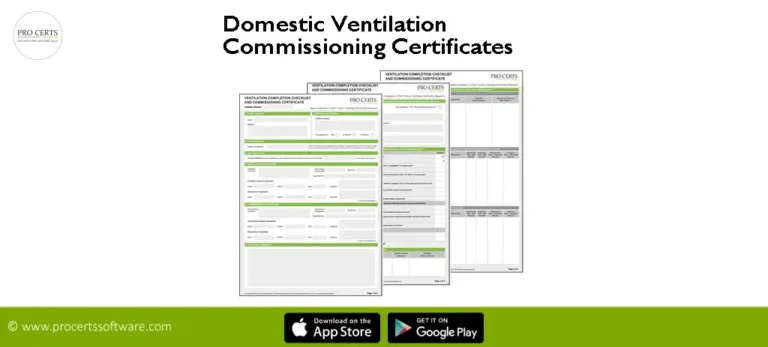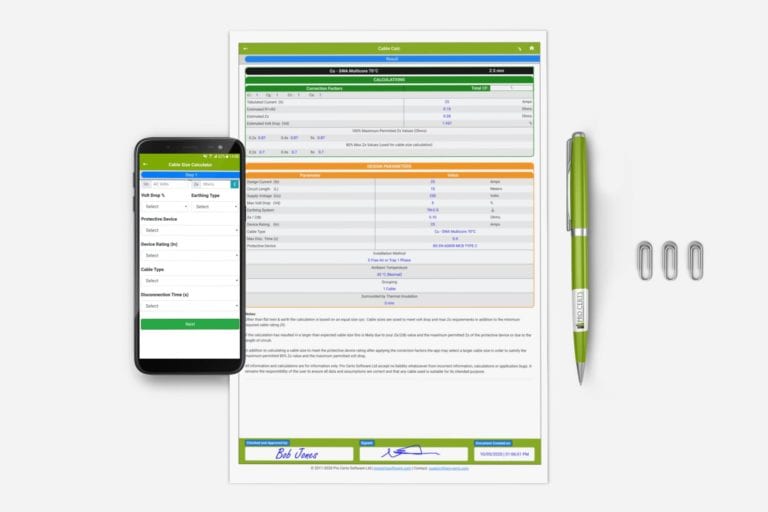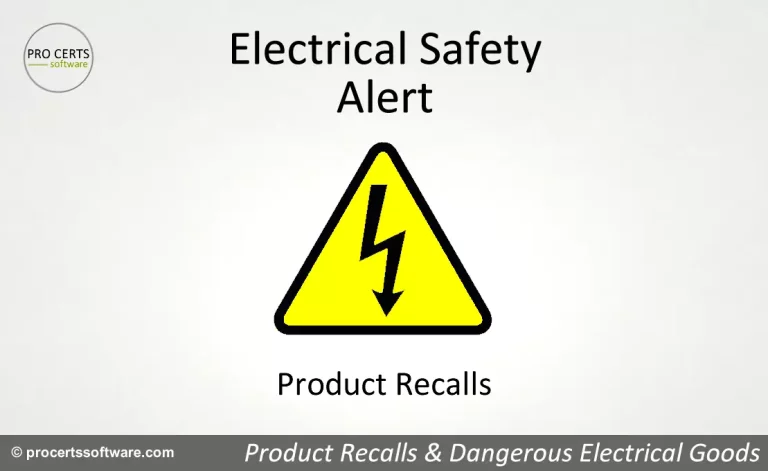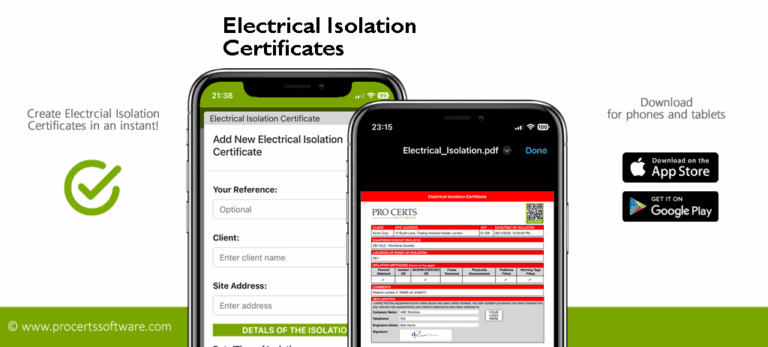Hidden Dangers: 8 Electrical Warning Signs Every UK Homeowner Must Know
Electricity can kill, and electrical faults are a leading cause of devastating fires. In England, electrical fires accounted for 11,089 incidents (17.9% of all domestic fires) in 2023/24.
Electrical installations, alterations, and repairs should only be carried out by professionals. No matter how minor the job is, do not attempt it yourself.
DIY electrical wiring is a common reason for many failed Electrical Installation Condition Reports (EICR) throughout the UK. A failed (unsatisfactory) inspection report indicates the electrical installation or part of it is unsafe, therefore dangerous.
The consequences of DIY electrical work are severe. If a fire investigator deems the cause of a fire was poor DIY electrical work or work not compliant with Part P of the Building Regulations or BS 7671, your home insurance company may refuse to pay out. This means you could be personally liable for all repair or rebuild costs. Check your insurance policy small print immediately..
The National Inspection Council for Electrical Installation Contracting reports:
According to Electrical Safety First, nearly half of severe electric shocks result from DIY errors. The statistics speak volumes – 24% of people find themselves injured while attempting DIY (Electrical Times, 2020), and UK homeowners collectively spend over £6 billion fixing DIY mistakes (RISA, 2022).
Eight Common Urgent Warning Signs:
1. The Burning Scent of Danger (Smell)
- Sign: A persistent, acrid burning smell, often described as melting plastic or fishy, near a socket, switch, or the fuse box.
- What it Means: Insulation is melting due to overheating, a sign of a severe overload or loose wiring.
- Immediate Action: Turn off the power at the main switch.
2. The Hot Touch (Temperature)
- Sign: A plug, socket, or switch plate feels hot or even warm to the touch (not just slightly warm from a heavy-duty appliance).
- What it Means: The connection is resistive, loose or the circuit is overloaded. Heat equals wasted energy and potential fire.
- Immediate Action: Unplug the device immediately. If the socket remains warm or hot when empty, switch off the circuit at the consumer unit.
3. The Flickering Warning (Lights)
- Sign: Lights flickering (especially more than one, or lights that dim when an appliance is switched on) constantly flicker or pulse.
- What it Means: Can be a loose bulb (lamp) or fitting, or a dangerous sign of voltage fluctuation or loose connections in your main wiring.
- Immediate Action: Rule out a loose bulb first. If the problem persists across multiple lights, have the wiring inspected by a qualified Electrician.
4. The Buzzing and Crackling (Sound)
- Sign: A distinct buzzing, crackling, popping or snapping sound coming from outlets, light switches, or the consumer unit.
- What it Means: This is the sound of electricity arcing or jumping across a gap—a precursor to a short circuit or fire.
- Immediate Action: Isolate the circuit immediately by tripping the breaker.
5. Physical Damage and Discolouration (Appearance)
- Sign: Visible scorch marks, soot, brown or black marks around a socket, or melted plastic on a plug or extension lead.
- What it Means: Clear evidence of a past or ongoing severe loose connections, short circuit or overload fault.
- Immediate Action: Stop using the circuit immediately.
6. The Annoying Trip (Repeated Breaker Faults)
- Sign: Your circuit breaker (RCD/MCB) trips repeatedly, even after you’ve reset it and unplugged appliances.
- What it Means: You have a fault in your wiring that an electrician must trace and repair.
- Immediate Action: If it won’t stay on after following the unplug-everything test, call an Electrician to conduct fault-finding.
7. Getting a ‘Tingle’ (Minor Shocks)
- Sign: A small tingle or shock when touching an appliance or metal casing, or when plugging/unplugging a device.
- What it Means: Indicates a dangerous lack of proper earthing (grounding). The electricity is flowing through you instead of safely into the ground.
- Immediate Action: Stop using the appliance or socket immediately and turn off the circuit in question at the consumer unit.
8. The Dated Defence (Old Fuse Boxes)
- Sign: Your property still has an old fuse box with ceramic fuses, fuse wire or old type circuit breakers, rather than a modern consumer unit with RCBO’s and surge protection.
- What it Means: The lack modern RCD protection, which is a life-saving device designed to prevent fatal electric shocks.
- Action: Plan for a consumer unit upgrade.
In all cases of the above examples – Call an Electrician Immediately.
What to Do Next: Your Electrical Action Plan
- For Homeowners: Recommendation for an EICR (Electrical Installation Condition Report) to uncover any hidden electrical issues.
- For Landlords: Reminder of the legal requirement for an EICR at least every 5 years.
- Crucial Rule: Never attempt electrical repairs yourself. Always use a registered, qualified electrician (NICEIC, or NAPIT approved).
If you are a landlord, see A Landlords Guide to Electrical Safety for your responsibilities.
In the News:
Lithium Batteries
News reports of lithium battery fires linked to e-bikes and scooters seem to be becoming more and more common. The International Fire & Safety Journal reports,
UK lithium-ion battery fires rise 93% in two years.
Mobile Phones
Due a rise in incidents of fires and electric shocks relating to mobile phones and phone chargers, Electrical Safety First has issued guidance on mobile phone safety, they also report,
Unsafe devices are often made in China for as little as 3p, which means poor quality components. Sometimes these products don’t have safety features such as fuses.
Electrical Product Safety Recalls
A product safety recall or safety alert is a way for manufacturers and other organisations to notify the public of known risks or potential dangers of electrical equipment.
Check your appliances here: Electrical & Appliance Safety Recalls.
The Law:
Your Legal Responsibility: Building Regulations & Part P
Certain aspects of electrical work in the home within England and Wales are covered by Approved Document P (Part P). Approved Document P is part of the Building Regulations, the Building Regulations are a UK Statutory Instrument.
Statutory instruments are the most common form of secondary legislation.
In addition to Approved Document P, electrical installations should also be carried out in accordance with British Standard 7671 Requirements for Electrical Installations.
See the bottom of this post for the download links.
Building Works in the Home – Contractors:
It is imperative to ensure that when employing a contractor for major works (new kitchen, bathroom, extension, garden room, garage conversion etc.), the person carrying out the electrical work is registered with a recognised Competent Person Scheme (CPS), such as NICEIC or NAPIT.
*See Approved Document P (link at the bottom) for details on what is, and what is not subject to Part P.
Electrical Works – Bathroom Fitters, Kitchen Fitters and Builders:
While many reputable installers might have basic training to register with a CPS, their skills and knowledge are unlikely to be on par with an actual time-served, qualified, and experienced Electrician. Always verify who is doing the electrical works.
Downloads and Links:
- Approved Document P: Approved Document P Electrical Safety – Dwellings (2013 Edition).
- All Approved Documents: Approved Documents.
- Building Regulations: Building Regulations 2010.






